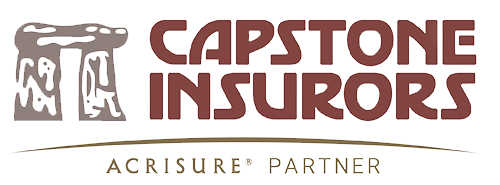A top-notch workforce is essential to your company’s success. It’s always important to have engaged, loyal employees, and in an economic downturn, it’s more critical than ever to keep employee morale high to maintain the competitive edge top-quality employees bring.
One way you keep your best employees on board is by offering a generous benefits package. But do your employees fully appreciate your investment? According to many surveys, they don’t. Employees tend to focus on their share of the costs, and many grossly underestimate the amount their employers pay. Employees also tend to underestimate what employers pay for other benefits such as paid time off (PTO), tuition reimbursement, pension or 401(k) plans and statutory benefits like employer-paid Social Security.
So how do you make sure employees know and appreciate how much you spend on their benefits – traditional benefits like health, dental and life insurance as well as benefits like PTO and statutory benefits? Communication is the key.
One of the most effective ways to drive home the point is to present the full costs of all the benefits you provide as an employer in the form of a “hidden paycheck.” For example, if you pay an average of 20% of an employee’s salary on providing a traditional benefits package, an additional 5% on matching 401(k) contributions and approximately 10% each on PTO and statutory benefits, you could provide a “hidden paycheck” communication outlining the following for an employee who receives an annual salary of $50,000:
YOUR HIDDEN PAYCHECK
$50,000 in salary
$10,000 in employer contributions for health, dental and life insurance
$5,000 for time off
$2,500 in 401(k) contributions
$2,500 for statutory benefits
$70,000 = TOTAL COMPENSATION
Of course, the amounts will vary depending on how much you contribute to employee benefits. But as you can see, even with fairly conservative estimates, the amount is significant. A hidden paycheck communication gives employees a big-picture view and increases their appreciation for employer contributions.
There are a variety of ways in which you can present hidden paycheck information. It can be as simple or elaborate as you choose. For example, if calculating the actual amount you contribute to each employee’s non-cash compensation would be too time-consuming, you could determine a company-wide average and use those figures, as long as you make it clear the number is an average. You might consider conveying hidden paycheck information up front when you first hire employees. Or you could make it an annual tradition, presenting hidden paycheck information at year-end in the form of an annual total pay statement for every employee.
No matter how you choose to convey the information, revealing hidden paycheck amounts is a worthwhile endeavor. It can help you get the word out about how much you actually spend, raising employee awareness of your investment in your human capital. It can build valuable good will, which is a critical commodity, especially in times of economic hardship, when your need for a competitive edge is greatest.
